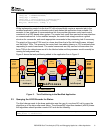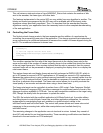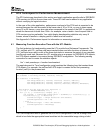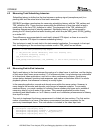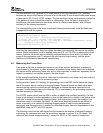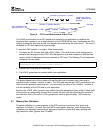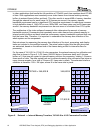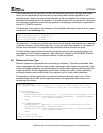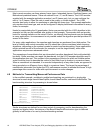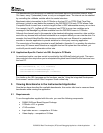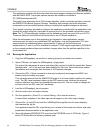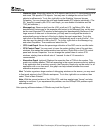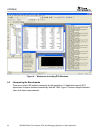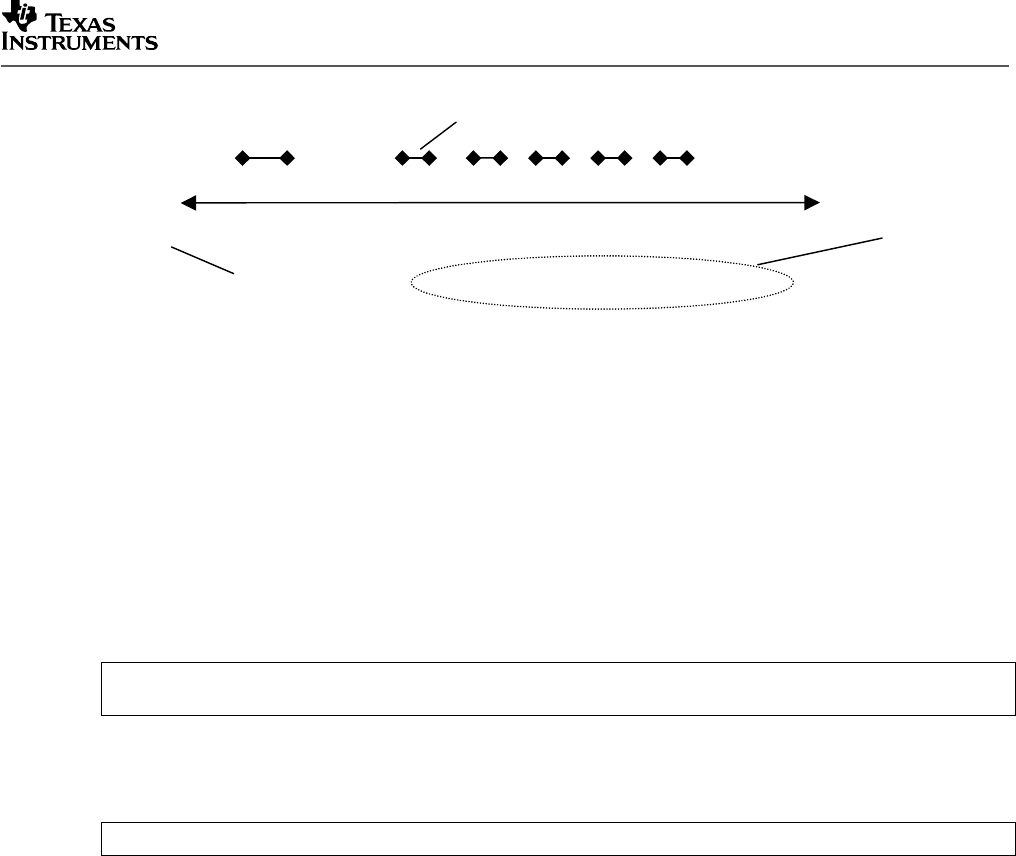
SPRAA56
DSP/BIOS Real-Time Analysis (RTA) and Debugging Applied to a Video Application 15
Window = 500ms
(
default
)
t0 t1 t0 t1
‘
minloo
p
’
(
in units of ~ c
y
cles
)
‘count’ is # hits of
LOAD_idlefxn in the
window
c
p
uload =
(
100 -
((
100 *
(
count * minloo
p))
/ total
))
IDL load
100 – IDLload gives
App
CPU Load
Figure 4. CPU Load Measurement at Run-Time
The LOAD module relies on an IDL thread to be inserted in an application to calibrate the
amount of time needed to run a single iteration of the DSP/BIOS idle loop. It estimates the CPU
load by dividing the idled time by the time elapsed and subtracting the result from 1. The load is
multiplied by 100 and reported as a percentage.
To use the LOAD module in a project, follow these steps:
1. Configure an IDL function that calls LOAD_idlefxn. This routine runs in the background to
measure the time spent in the CPU’s IDL (background) loop and compares it with the time
spent outside the background loop to calculate a CPU load. The following Tconf statements
configure such an object.
var CpuLoadCheck = tibios.IDL.create("CpuLoadCheck");
CpuLoadCheck.fxn = prog.extern("LOAD_idlefxn");
2. Include load.c and load.h in the project.
3. Call LOAD_getcpuload as needed within your application:
thrProcRta.cpuLoad = LOAD_getcpuload();
The project keeps track of the number of times the idle loop is entered over a time period
specified by the “window” variable in load.c. The CPU load reported by LOAD_getcpuload is the
load during the previous window period. You can modify the value of the "window" variable to
suit the variability of the CPU load in your application.
Because the LOAD_idlfxn routine is only called during the background loop, while all other tasks
in the system are presumably blocked or not ready, the only load introduced by this module is
the execution time of the call to LOAD_getcpuload, which is approximately 1200 instruction
cycles.
4.7 Memory Bus Utilization
Processor utilization is a measurement of the DSP resources consumed by a given task,
algorithm, or function. It is more than just MIPS consumption, however, since memory bus
utilization is an important component of processor utilization, particularly when working with
high-resolution video (greater than 720x480).





